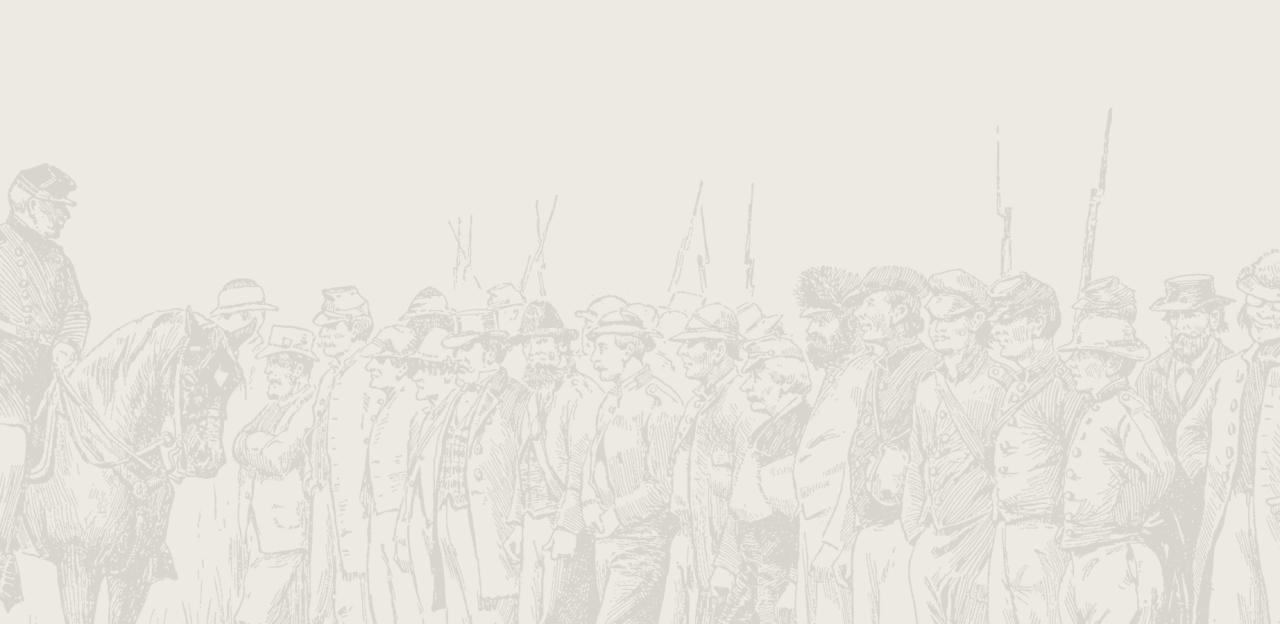Second Manassas

The Battle of Second Manassas
Second Bull Run, Groveton, Brawner's Farm
After compelling Union Gen. George B. McClellan to withdraw from the outskirts of Richmond to Harrison’s Landing on the lower James River, Gen. Robert E. Lee turned his attention to the threat posed by the newly formed Union Army of Virginia, under the command of Gen. John Pope. The Lincoln administration had chosen Pope to lead the reorganized forces in northern Virginia with the dual task of shielding Washington and operating northwest of Richmond to take pressure off McClellan’s army. Pope’s army included forces from the Shenandoah Valley and some elements of the Army of the Potomac not trapped at Harrison’s Landing. To counter Pope’s movement into central Virginia, Lee sent Gen. Thomas J. “Stonewall” Jackson to Gordonsville on July 13. Jackson’s force crossed the Rapidan River and clashed with the vanguard of Pope’s army at Cedar Mountain, south of Culpeper, on August 9. Jackson’s narrow tactical victory proved sufficient to instill caution in the Union high command. The initiative shifted to Lee.
Confirming that the remainder of McClellan’s Army of the Potomac was departing the Virginia Peninsula southeast of Richmond to join forces with Pope in northern Virginia, Lee ordered James Longstreet’s wing of the Army of Northern Virginia to join Jackson. Lee intended to destroy Pope before the bulk of McClellan’s reinforcements could arrive and bring overwhelming numbers to bear against the Confederates. Pope, however, foiled Lee’s plans by withdrawing behind the Rappahannock on August 19.
To draw Pope away from his defensive positions along the Rappahannock, Lee made a daring move. On August 25, he sent Jackson on a sweeping flank march around the Union right to gain its rear and sever Pope’s supply line. At sunset on August 26, Jackson’s forces completed a remarkable 55-mile march, striking the Orange and Alexandria Railroad at Bristoe Station and subsequently capturing Pope’s supply depot at Manassas Junction overnight. As expected, Pope abandoned the Rappahannock line to pursue Jackson, while Lee circled around to bring up Longstreet’s half of the Confederate army. After fending off the advance of Pope’s army near Bristoe, Jackson torched the remaining Union supplies at Manassas Junction and slipped away, taking up a position north of Groveton, near the old Bull Run battlefield. Alerted that Lee and Longstreet had reached Thoroughfare Gap and would arrive the following day, Jackson struck a lone Union division on the Warrenton Turnpike, resulting in a fierce engagement at the Brawner Farm on the evening of August 28.
Believing that Jackson was attempting to escape, Pope directed his scattered forces to converge on the Confederate position. Throughout the day on August 29, Union forces made piecemeal attacks on Jackson’s line, positioned along an unfinished railroad, while Pope awaited a flanking movement by Fitz John Porter’s command. Although the Union assaults pierced Jackson’s line on several occasions, the attackers were repulsed each time. Late in the morning, Lee arrived on the field with Longstreet’s command taking position on Jackson’s right and blocking Porter’s advance. Lee hoped to unleash Longstreet on the vulnerable Union left, but Longstreet convinced the Confederate commander that circumstances did not yet favor an attack.
August 30 dawned on a morning of indecision, as Pope confronted conflicting intelligence and weighed his options. Somehow convinced that the Confederates were retreating, the Union commander ordered a pursuit near midday, but the advance quickly ended when skirmishers encountered Jackson’s forces still ensconced behind the unfinished railroad. Pope’s plans now shifted to a major assault on Jackson’s line. Porter’s corps and John Hatch’s division attacked Jackson’s right at the “Deep Cut,” an excavated section of the railroad grade. However, with ample artillery support, the Confederate defenders repulsed the attack.
Lee and Longstreet seized the initiative and launched a massive counterattack against the Union left. Longstreet’s wing, nearly 30,000 strong, swept eastward toward Henry Hill, where the Confederates hoped to cut off Pope’s escape. Union forces mounted a tenacious defense on Chinn Ridge which bought time for Pope to shift enough troops onto Henry Hill and stave off disaster. The Union lines on Henry Hill held as the Confederate counterattack stalled before dusk. After dark, Pope pulled his beaten army off the field and across Bull Run. A final Confederate effort to flank Pope resulted in a bloody fight at Chantilly (Ox Hill) on September 1, hastening the Union retreat toward the Washington defenses. With Union forces in disarray, Lee grasped the opportunity to lead his army across the Potomac into Maryland for its first incursion into the North.


